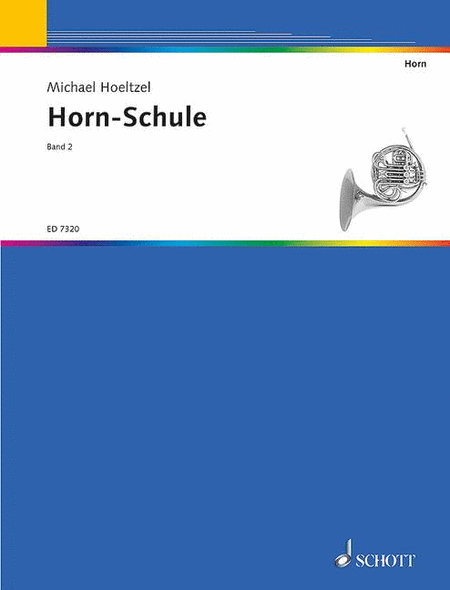Horn - Digital Download SKU: S9.Q45635 This edition: Sheet music. Downloadable. Op. 2. Schott Music - Digital #Q45635. Published by Schott Music - Digital (S9.Q45635). German.In diesem Lehrwerk wird der erklärende Text bewuÃt in den Vordergrund gerückt. Schüler und Lehrer werden umfassend über didaktisch-methodische, musikalische und technische Fragen informiert. Die Ãbungsstücke und Lieder - jeweils für Horn in B und F beginnend im kleinsten Tonumfang mit systematischer Einführung der Ventile - sollen den Spaà am Hornblasen fördern. Theoretische Abhandlungen über Ansatz, Atmung etc. sind an den Schluà gestellt, damit die praktischen Anleitungen für den Anfänger nicht unterbrochen werden. Musikalische Grundkenntnisse werden aus zweierlei Gründen vorausgesetzt: Zum einen erweist es sich häufig, dass Hornschüler bereits in der musikalischen Früherziehung das Notenlesen gelernt haben und zum anderen, dass bei vielen Horn das zweite Instrument ist, das sie spielen wollen. Im 2. Band findet sich geeignetes Unterrichtsmaterial sowie entsprechende Literatur, womit der gerade den Anfangsschwierigkeiten entwachsene Hornschüler seine Technik und lockere und spielerische Weise stetig vervollkommnen kann. In allen 12 Tonarten gibt es leichtere und schwierigere Ãbungen, die Lehrer und Schüler dem jeweiligen Ausbildungsstand entsprechend auswählen können.
